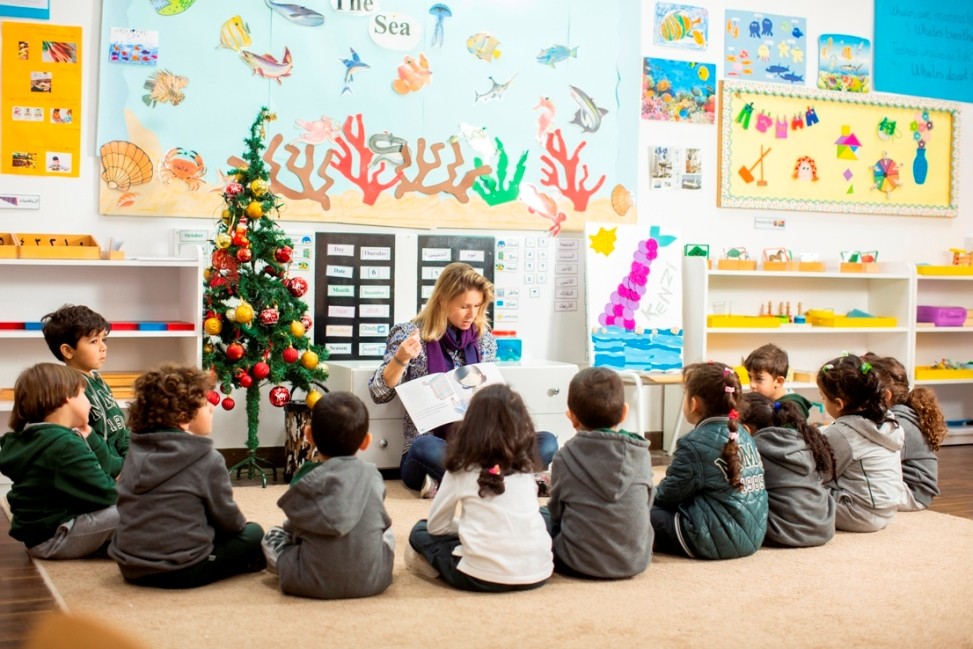In recent years, educators have begun using the didactic teaching methods appropriate for older children in preschool settings (Zigler and Bishop-Josef2004). Increasingly, we see children ages three to five expected to sit and listento lessons without interacting (Hamre and Pianta 2007). Such an approach tolearning belies the principles of constructivism that much research on humanlearning shows to be effective. In fact, many educators now call for one constructivistapproach in particular, playful learning, as a developmentally appropriatealternative to didactic instruction (Fisher et al. 2011)—as a way to help preschoolers learn in the ways they naturally learn. Along a line running fromfree play (in which children play independently), through guided play (where anadult oversees and gently directs—or scaffolds—their play), to didactic instruction(where a teacher directly instructs children), playful learning occupies thespan between free play and guided play.
As described by Fisher et al., free play includes object play, pretend and sociodramatic play, and rough-and-tumble play, in all of which children engage without close adult oversight or control. Free play is fun, flexible, active, and voluntary (i.e. without extrinsic reward). Free play also often includes elements of make-believe and also often involves peers. Guided play occurs when an adult aims a child towards specific knowledge in a playful, fun, and relaxed way.
Guided play often involves specific toys with which a child can interact to gain knowledge. A supervising adult observes the child closely and asks questions to help the child learn but, as with free play, respects the child’s own interests and pacing. In contrast, didactic instruction is teacher centered and teacher paced and more likely to involve listening to words rather than working with objects. We commonly associate didactic instruction with school, although today’s teacher education courses seldom extol its methods.
Again, playful learning spans both free play and guided play. Playful learning is child centered, constructivist, affectively positive, and hands-on. It can involve fantasy but does not necessarily do so. At the guided-play end
of the playful-learning span, “teachers might enhance children’s exploration and learning by commenting on their discoveries, co-playing along with the children, asking open-ended questions about what children are finding, or exploring the materials in ways that children might not have thought to do” (Weisberg, Hirsch-Pasek, and Golinkoff, in press). Recent meta-analyses suggests that more directed forms of “discovery learning” are optimal (relative to pure discovery learning and didactic instruction) and consistent with the idea that playful learning is an excellent approach for helping children (Alfieri et al. 2010). Although some researchers cite Montessori education as a prime example of playful learning (Diamond and Lee 2011; Elkind 2007; Hirsh-Pasek et al.
2009), others have noted that founder Maria Montessori thought play “developmentally irrelevant” (Rubin, Fein, and Vandenberg 1983, 694). This article, focusing particularly on Maria Montessori’s views about pretend play, discusses how Montessori education resembles and does not resemble playful learning. The article then reviews the research on the results of the Montessori style of playful learning.
